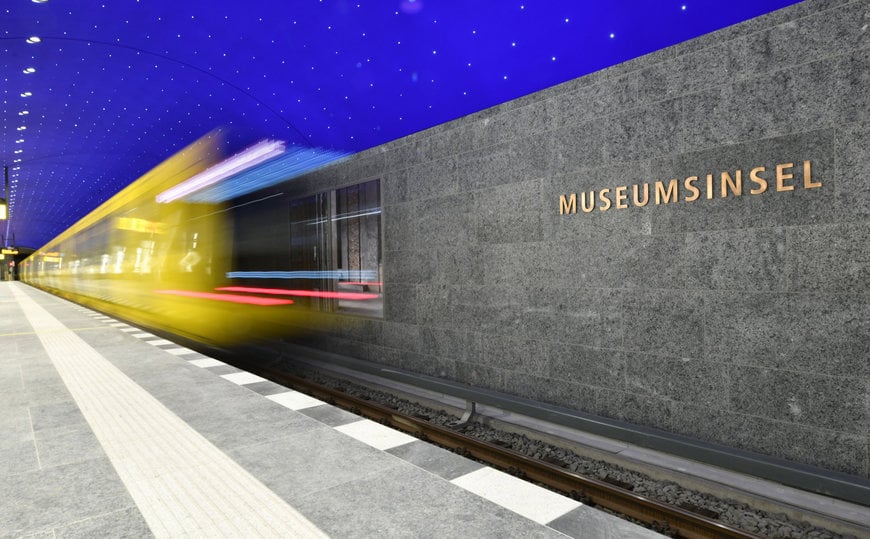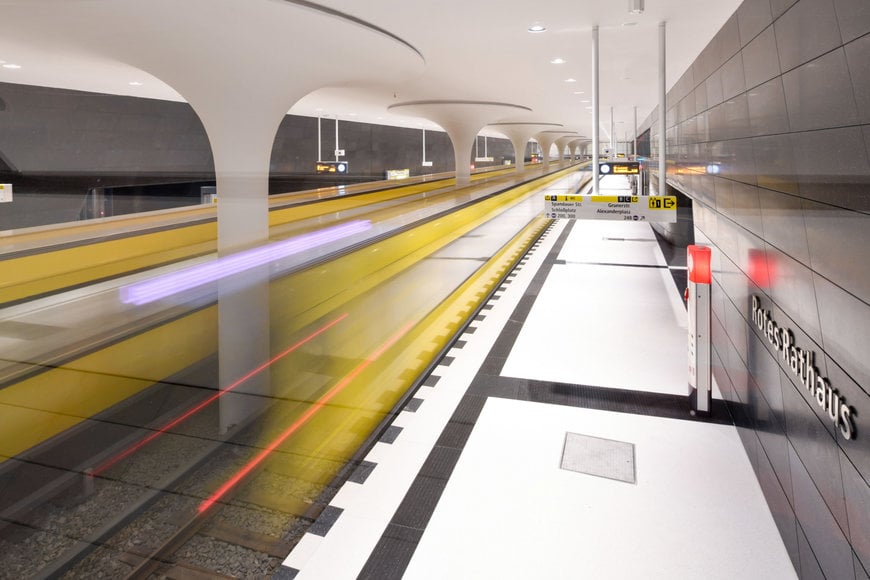Siemens Mobility equips Berlin metro with CBTC technology to enable semi-automated operation for the first time
With CBTC, headways can be shortened, and line capacity increased by up to 30%; conversion to be completed by 2032 during ongoing operations.
www.siemens.com

Siemens Mobility has won the tender from Berliner Verkehrsbetriebe [BVG] and will introduce a Communications-Based Train Control System [CBTC] on the U5 and U8 metro lines in Berlin for the first time. The state-of-the-art Trainguard MT CBTC solution will enable semi-automated operation (GoA2: Grade of Automation) on the U5 line by 2029 and on the U8 line by 2032, increasing capacity on these lines by around 30%. Technically speaking, CBTC technology even allows headways of less than 100 seconds. This technological advance will also significantly improve the reliability and punctuality of the two metro lines. Siemens Mobility will carry out the conversion during ongoing operations so that trains on both lines of Germany’s largest metro system can continue to run uninterrupted throughout the entire project. The contract has a volume of approximately 200 million euros, plus additional long-term technology maintenance contracts.
Michael Peter, CEO of Siemens Mobility, said: “The investment in our leading CBTC technology for metros is really good news for rail passengers in Berlin. It will provide the technical conditions for semi-automated trains to run on the lines every 100 seconds. This translates into 30% more passenger capacity for Berliners and is the best answer for increasing climate protection and meeting the growing need for mobility. Our tried and tested CBTC systems for metros are already being used in many major cities around the world, including Singapore, Paris, and New York.”
Trainguard MT train control system for Berlin metro lines U5 and U8
The BVG lines U5 and U8 will be equipped with Trainguard MT over a total route length of 40 kilometers, which includes all 26 stations on the U5 line and 24 stations on the U8 line. Siemens Mobility will completely replace the existing signaling system with its digital CBTC technology to enable a more efficient and centralized monitoring of operations and a higher level of automation and connectivity. When the system is installed, the semi-automated operation will allow trains to communication continuously with the trackside, run automatically at specified safety intervals, perform emergency braking, and accelerate and brake autonomously. The train driver can then concentrate on boarding and alighting passengers, monitor the route visually, and intervene in an emergency. By relying on real-time data on train positions and speeds, more trains can run at shorter headways along the line.

Digitalization ensures greater efficiency on the rail lines
Siemens Mobility’s Rail Infrastructure Business Unit, the global market leader, offers a wide range of intelligent mobility solutions and a diverse product portfolio for various rail markets, including mass transit, mainline, and freight. The company’s Trainguard MT CBTC solution is the leading solution for train control systems. It is currently used by 56 operators on five continents, in 25 countries and 49 cities to optimize their metro and suburban rail systems and operate them more efficiently, sustainably, and economically. Trainguard MT is the most widely used control system worldwide and is currently deployed on 96 metro lines, in 4,351 equipped trains transporting more than 30 million passengers daily. The system can maximize the capacity and performance of new as well as existing rail systems and enable fully automated train operation.
www.mobility.siemens.com

